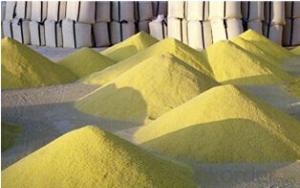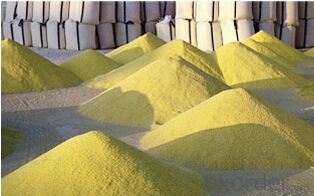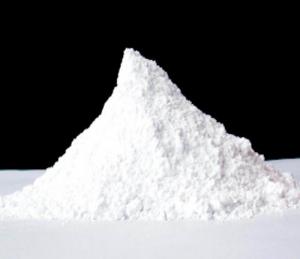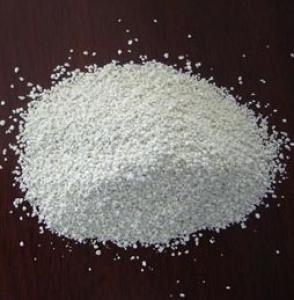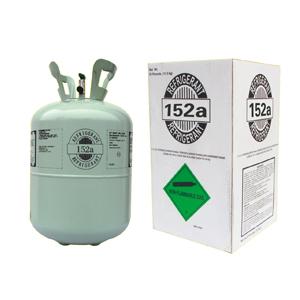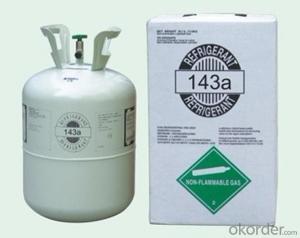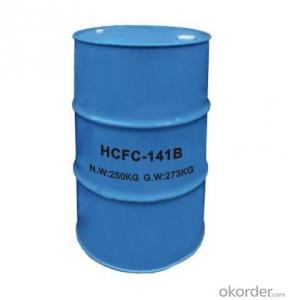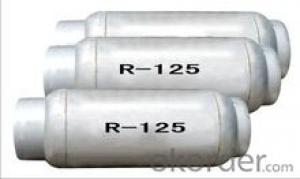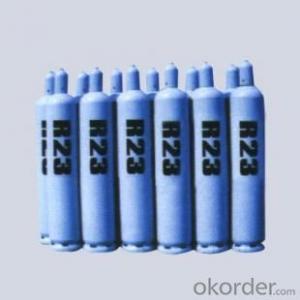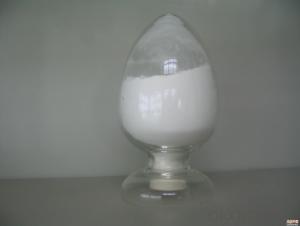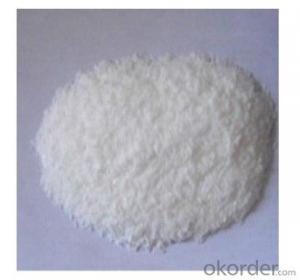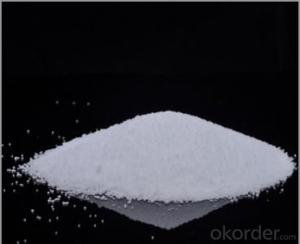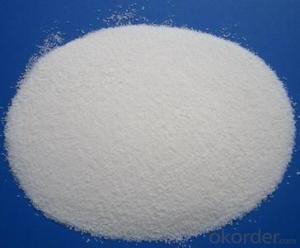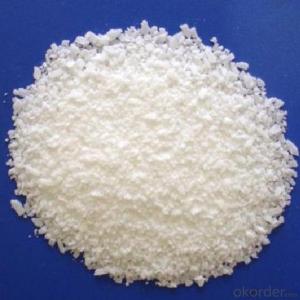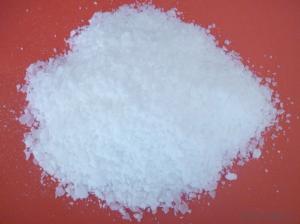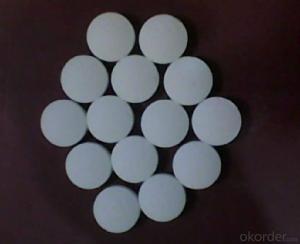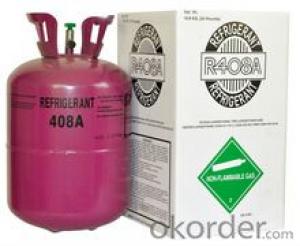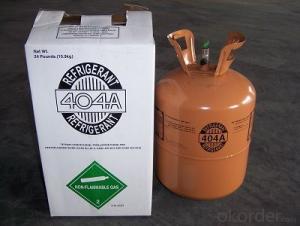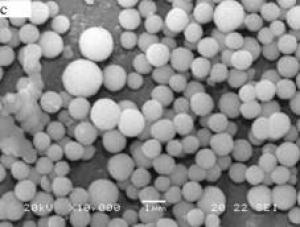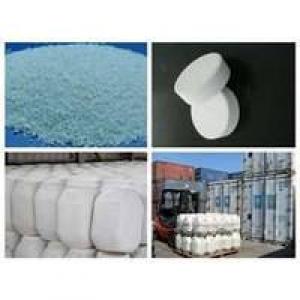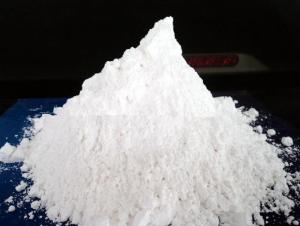Stearic Acid C18 Content/C16 Content
- Loading Port:
- Tianjin
- Payment Terms:
- TT OR LC
- Min Order Qty:
- -
- Supply Capability:
- 8000MT/month m.t./month
OKorder Service Pledge
OKorder Financial Service
You Might Also Like
Stearic acid
Formula: C18H36O2
Structural Formula:CH3(CH2)16COOH
Product Description:
Shaped like Lump, flake; Saturated fatty acid mainly with C16 and C18, white flake solid at ambient temperature, not dissolved in water, slightly dissolved in benzene and carbon bisulfide, and easily dissolved in hot alcohol. No smell no poison. It has the general chemical properties of organic carboxylic acid.
Physicochemical Properties:
pure product is white with a shiny soft small pieces, melting point 69.6 degrees, the boiling point of 376.1 degrees. Relative density 0.9408, refractive index 1.4299, slowly volatile in the 90-100 degrees. Slightly soluble in cold water, soluble in alcohol, acetone, soluble in benzene, chloroform, ethyl ether, carbon tetrachloride, carbon disulfide, toluene and so on.
Specification:
Item | Index | |||||
Grade No. | 1842 | 1838 | 1820 | 1860 | 1870 | 1880 |
Iodine value gI2/100g ≤ | ≤5.0 | ≤5.0 | ≤5.0 | ≤6.0 | ≤7.0 | ≤8.0 |
Saponification value mgKOH/g | 206~211 | 206-213 | 214-216 | 193-220 | 193-220 | 192-218 |
Acid value mgKOH/g | 208~210 | 210~211.5 | 214-225 | 182-218 | 192-218 | 193-220 |
Chroma (Hazen) ≤ | ≤60 | ≤80 | ≤100 | 200-400 | ≤150 | 400 |
Freezing point °C | 54~57 | 54~57 | 55~57 | 54 | 52 | 52 |
Moisture % ≤ | ≤0.2 | ≤0.2 | ≤0.2 | ≤0.3 | ≤0.3 | ≤0.3 |
Inorganic acid % ≤ | 0.001 | 0.001 | 0.001 | 0.001 | 0.001 | 0.001 |
Suggest Uses:
Mainly for the production of stearic acid salts: Widely used system for cosmetics, plastic cold-resistant plasticizer, release agent, stabilizer, surfactants, rubber vulcanization accelerator, waterproof agent, polishing agent, metal soap, metal mineral flotation agent, softeners, pharmaceuticals, and other organic chemicals.
In addition, oil-soluble pigments can be used as solvents, crayons transfer slip agent, waxed paper lighting agent, stearic acid glyceride emulsifier, etc..
Packing :25/50kg in PP bag ,25MT/20GP
Product Storage:
in dry warehouse ventilation should be more than 10mm from the ground to avoid damp products in the above-mentioned conditions, from the date of delivery for one year shelf life.
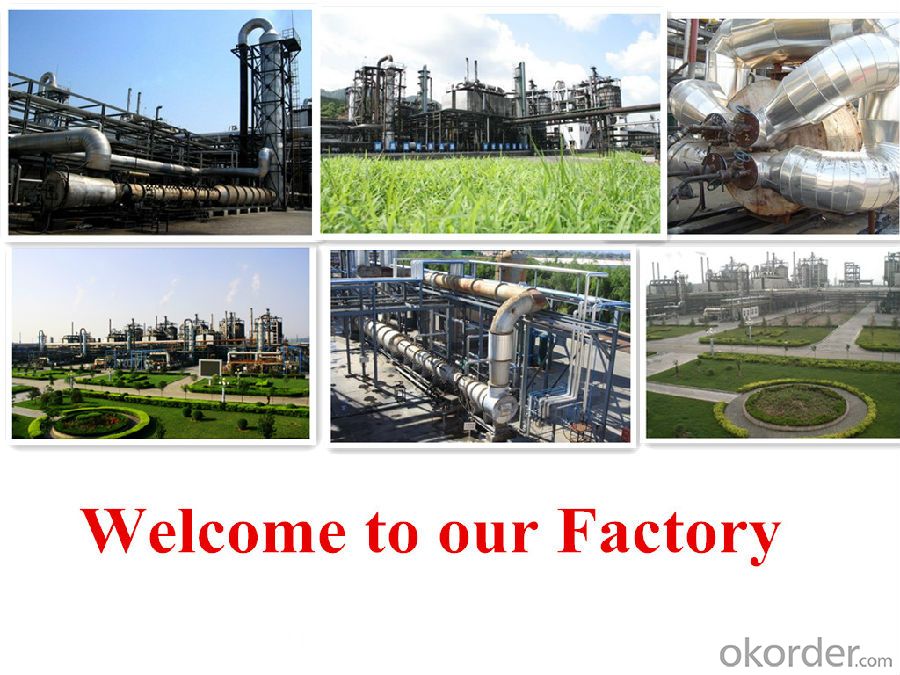

- Q: Are the asphalt and peat kinds of vegetables have heavy metal?
- Asphalt is a hydrophobic material, it is impermeable, and almost insoluble in water, acetone, ether, dilute ethanol, dissolved in carbon disulfide, carbon tetrachloride, sodium hydroxide.
- Q: What is the derivative of benzene?
- Benzene homologues of the general formula: CnH2n-6 (n ≥ 6)
- Q: Are there two derivatives of equivalent hydrogen?
- You give the scope is too broad, at least to set in what kind of functional group range ah.
- Q: How to identify carboxylic acid and anhydride
- and phosphorus tribromide reaction to form bromide;
- Q: What is the meaning of organic ah, organic food on the human body what practical benefits
- Chemical point of view, organic is organic matter, mainly by the carbon atoms and hydrocarbons derivatives.
- Q: Organic chemistry studies the performance of hydrocarbons and their derivatives, either right or wrong
- Organic compounds refer to hydrocarbons and their derivatives. Organic chemistry is the study of the structural characteristics of organic compounds, synthetic methods and physical and chemical properties of the chemical.
- Q: Is the plexiglass intermediate?
- Acrylic acid and its ester polymerization of the polymer obtained collectively referred to as acrylic resin, the corresponding plastic collectively referred to as polyacrylic plastic, in which the most widely used polymethyl methacrylate. Poly methyl methacrylate abbreviation for the PMMA , Commonly known as plexiglass, is so far the most transparent synthetic material quality.
- Q: What is a derivative?
- Derivative refers to a simple compound in the hydrogen atoms or atomic groups replaced by other atoms or atomic groups derived more complex products
- Q: What is organic?
- Organic products are from the organic agricultural production system, according to the international organic agricultural production requirements and the corresponding standard production and processing, and through third-party geographical and organic certification bodies certified all agricultural and sideline products, including food, vegetables, fruits, dairy products, animal products , Honey, aquatic products, spices, cosmetics, and even textiles, forest products, biological pesticides, organic fertilizers and so on. Is the organic cultivation of pesticides, fertilizers, contaminated raw soils, grows in the closest way to nature, and never uses synthetic compounds, fertilizers and transgenic technologies during the growth process. In the process of production In the absence of any synthetic chemical composition. From the processing, production, packaging the whole process is in line with environmental protection and health principles. International standards of organic certification required by the third-year certification bodies from the cultivation, processing, production, manufacturing, to the finished product wholesale process for review.
- Q: The difference between methanol fuel oil and alcoholized oil
- Methanol is best burned
Send your message to us
Stearic Acid C18 Content/C16 Content
- Loading Port:
- Tianjin
- Payment Terms:
- TT OR LC
- Min Order Qty:
- -
- Supply Capability:
- 8000MT/month m.t./month
OKorder Service Pledge
OKorder Financial Service
Similar products
Hot products
Hot Searches
